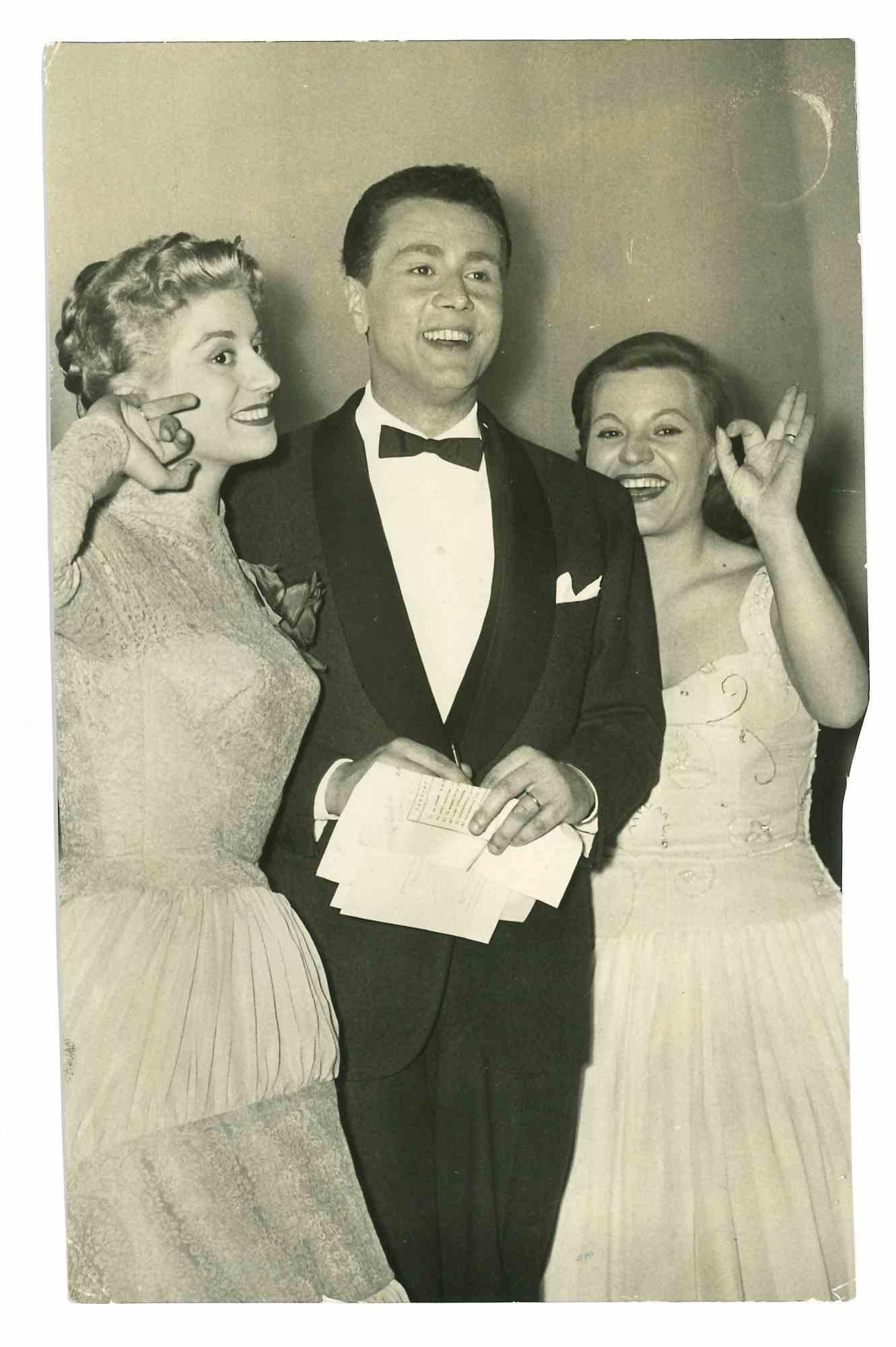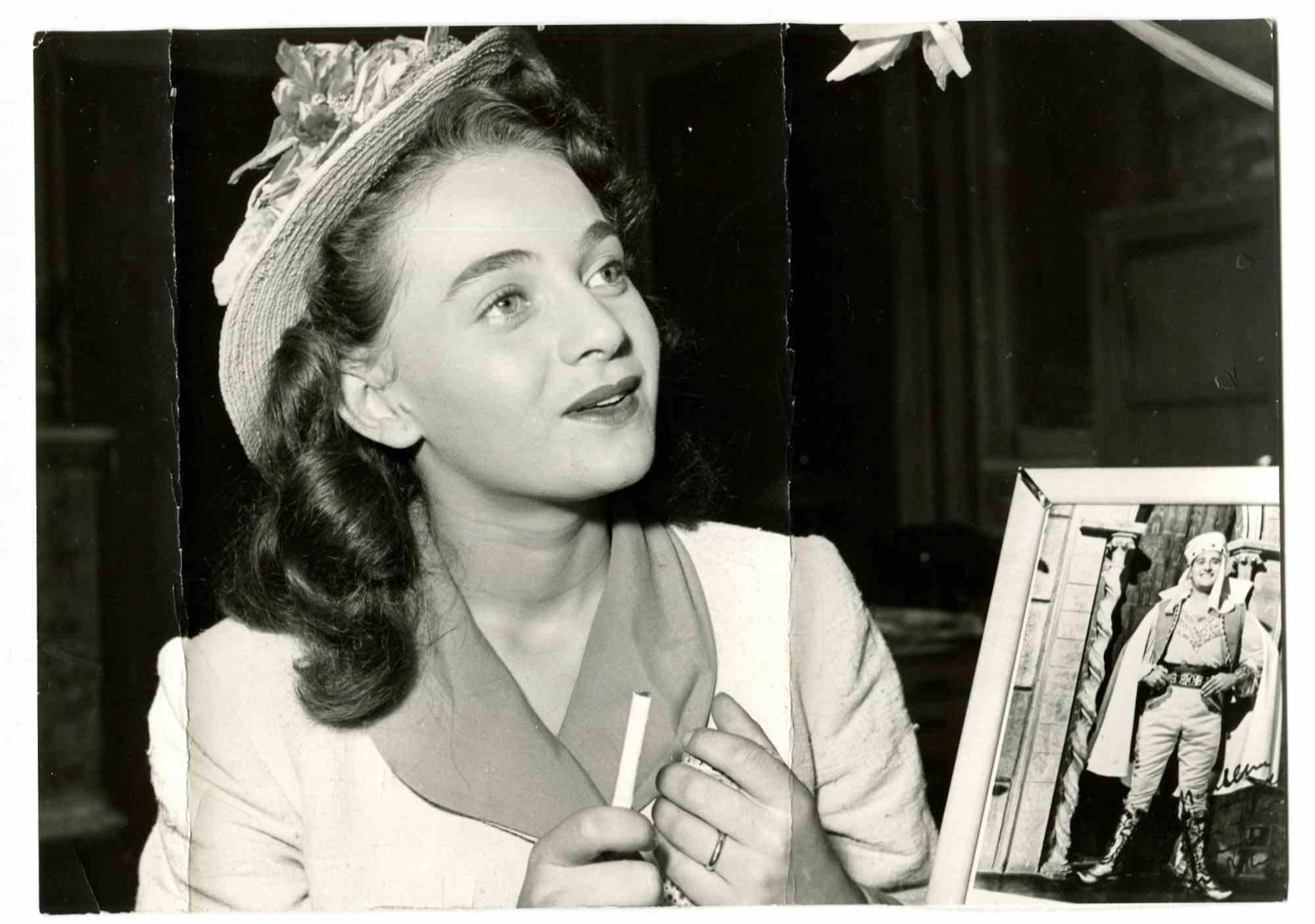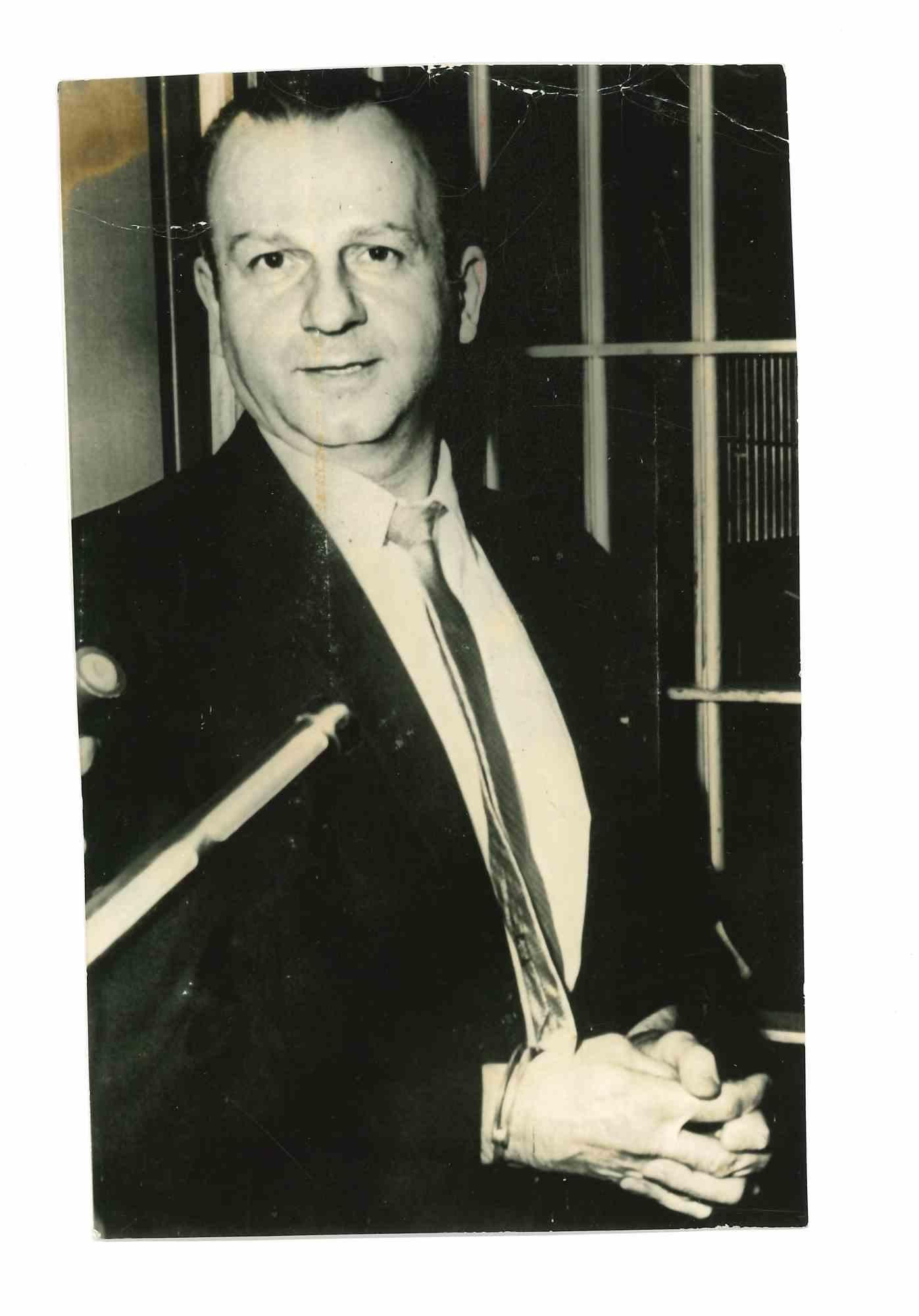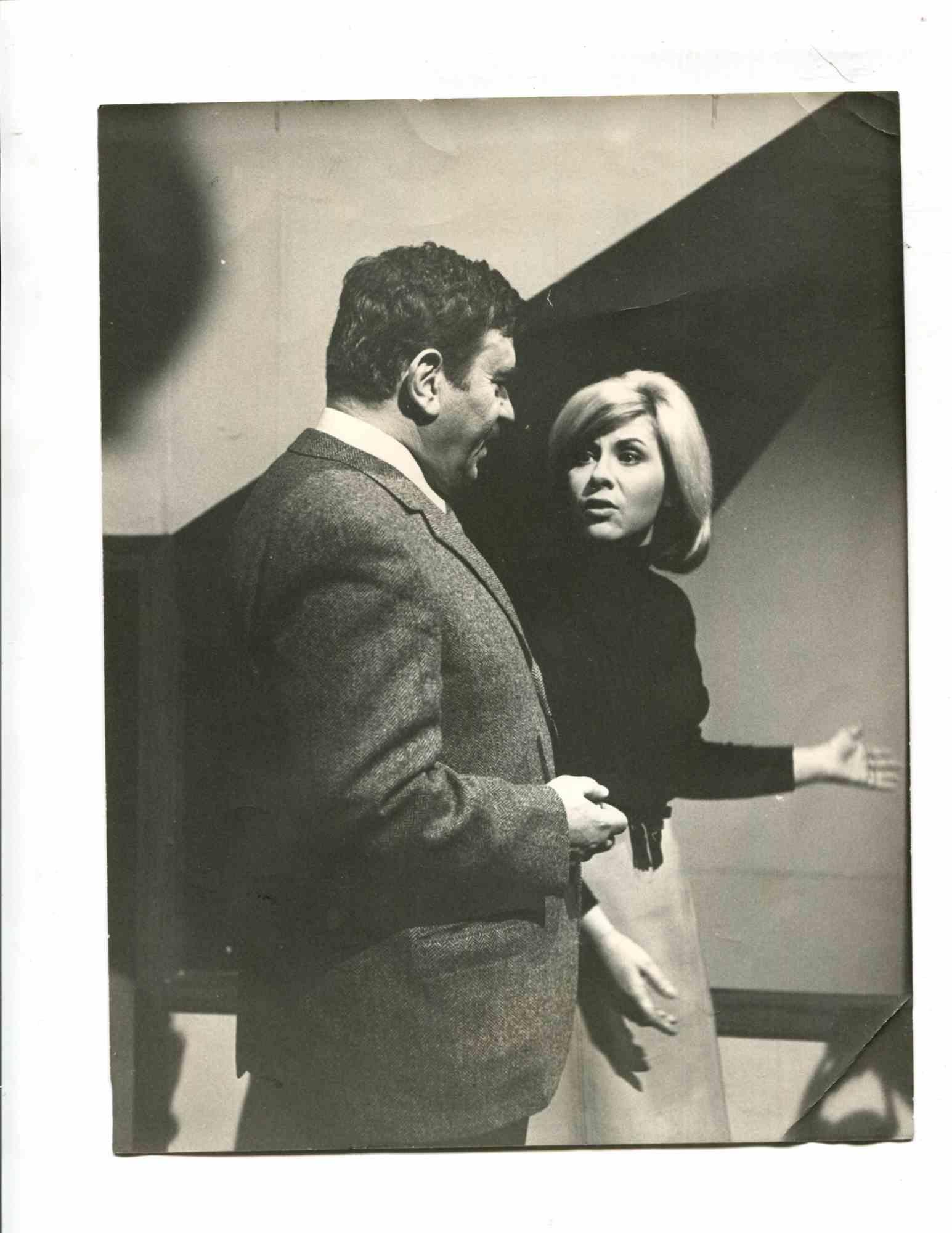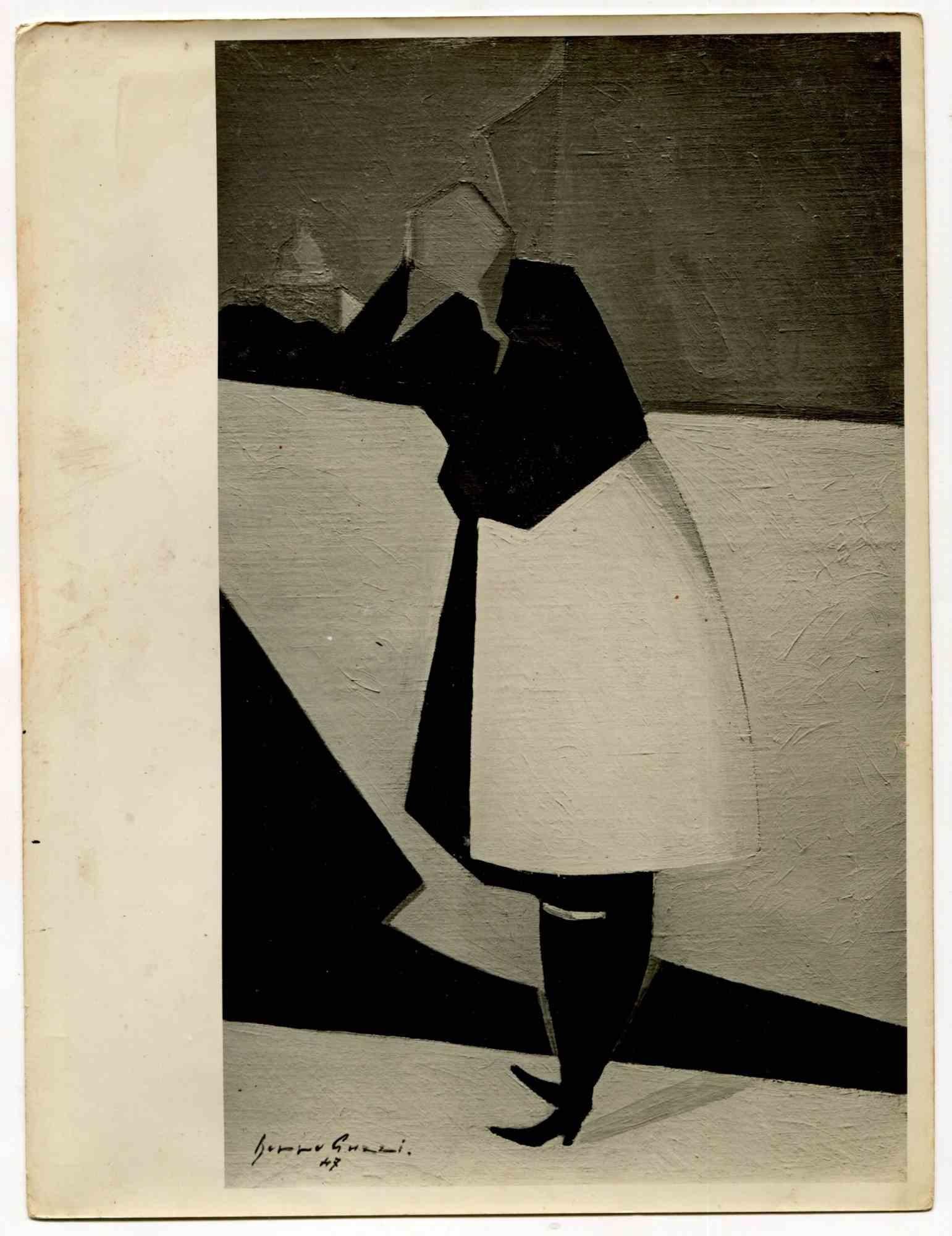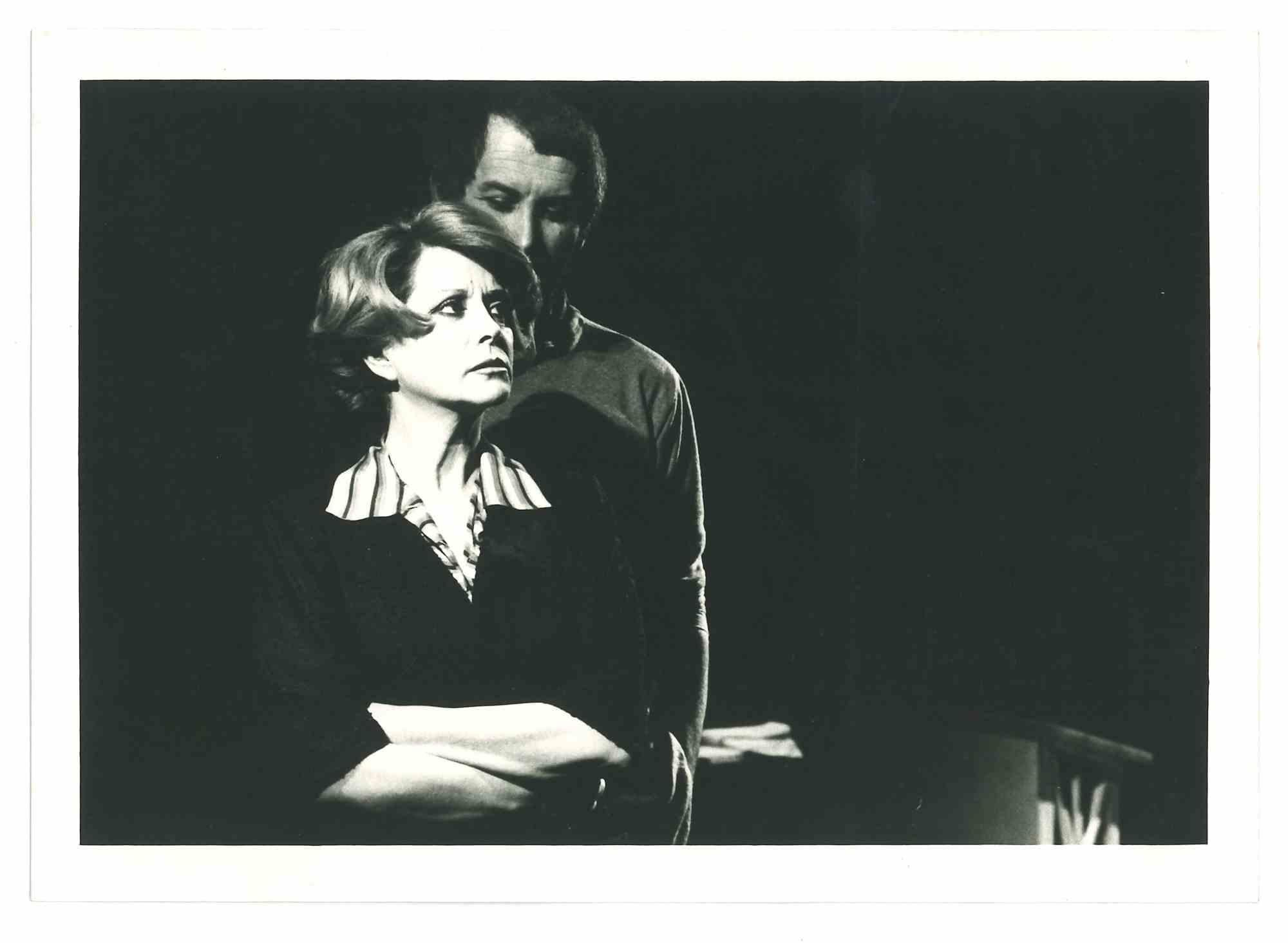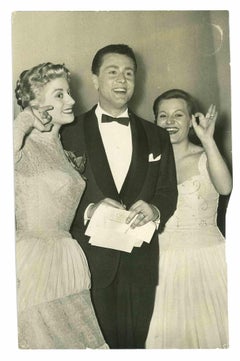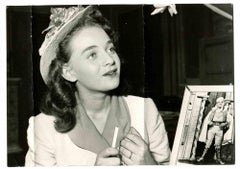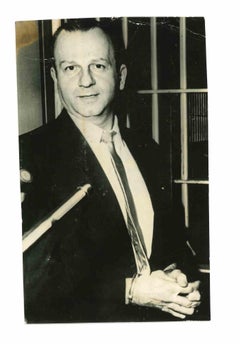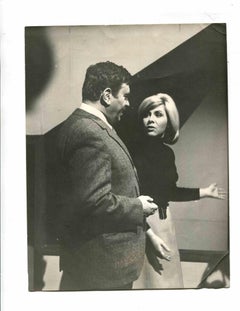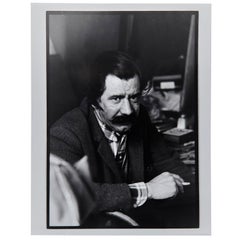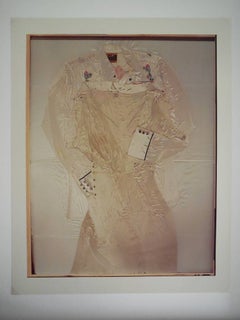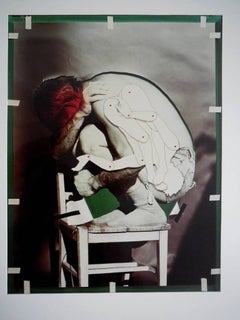Items Similar to Portrait of Painter Franco Gentilini - Vintage Photo - Mid-20th Century
Want more images or videos?
Request additional images or videos from the seller
1 of 2
UnknownPortrait of Painter Franco Gentilini - Vintage Photo - Mid-20th CenturyMid-20th Century
Mid-20th Century
$119.81
£89.18
€100
CA$164.12
A$182.53
CHF 95.31
MX$2,221.23
NOK 1,217.29
SEK 1,141.60
DKK 761.27
Shipping
Retrieving quote...The 1stDibs Promise:
Authenticity Guarantee,
Money-Back Guarantee,
24-Hour Cancellation
About the Item
Old Days is a vintage photo, realized in the Mid-20th Century.
The artwork is a well-balanced composition.
- Creation Year:Mid-20th Century
- Dimensions:Height: 6.3 in (16 cm)Width: 5.12 in (13 cm)Depth: 0.08 in (2 mm)
- Medium:
- Movement & Style:
- Period:
- Framing:Framing Options Available
- Condition:Insurance may be requested by customers as additional service, contact us for more information.
- Gallery Location:Roma, IT
- Reference Number:Seller: T-1466881stDibs: LU650313875022
About the Seller
4.9
Platinum Seller
Premium sellers with a 4.7+ rating and 24-hour response times
1stDibs seller since 2017
7,617 sales on 1stDibs
Typical response time: 3 hours
- ShippingRetrieving quote...Shipping from: Grasse, France
- Return Policy
Authenticity Guarantee
In the unlikely event there’s an issue with an item’s authenticity, contact us within 1 year for a full refund. DetailsMoney-Back Guarantee
If your item is not as described, is damaged in transit, or does not arrive, contact us within 7 days for a full refund. Details24-Hour Cancellation
You have a 24-hour grace period in which to reconsider your purchase, with no questions asked.Vetted Professional Sellers
Our world-class sellers must adhere to strict standards for service and quality, maintaining the integrity of our listings.Price-Match Guarantee
If you find that a seller listed the same item for a lower price elsewhere, we’ll match it.Trusted Global Delivery
Our best-in-class carrier network provides specialized shipping options worldwide, including custom delivery.More From This Seller
View AllPortrait of Miranda Martino and Enzo Tortora - Mid 20th Century
Located in Roma, IT
Portrait of Miranda Martino and Enzo Tortora - Vintage Photo is a vintage black and white photograph realized in the 1960s.
Good conditions.
Category
Mid-20th Century Modern Figurative Photography
Materials
Photographic Paper
Brunella Bovo - Vintage Photo - Mid-20th Century
Located in Roma, IT
Brunella Bovo is a vintage photo, realized in the Mid-20th Century.
The artwork is a well-balanced composition.
Category
Mid-20th Century Contemporary Figurative Photography
Materials
Photographic Paper
Portrait of Bill Margarita - 1950s
Located in Roma, IT
Portrait of Bill Margarita is a vintage black and white photograph realized in the 1950s.
Good conditions.
Category
1980s Modern Figurative Photography
Materials
Photographic Paper
Gino Cervi - Vintage Photo - 1960s
Located in Roma, IT
Gino Cervi is a vintage black and white photograph realized in the 1960s.
Good conditions.
Category
1960s Contemporary Figurative Photography
Materials
Photographic Paper
Vintage Photograph of a Painting by Beppe Guzzi - Mid-20th Century
Located in Roma, IT
Photograph of a Painting by Beppe Guzzi is a black and white vintage photo realized by an anonymous artist in the 20th Century.
Good conditions except for some minor fixings.
The a...
Category
Mid-20th Century Modern Figurative Photography
Materials
Photographic Paper
Portrait of Miranda Martino - Golden Age of Italian Cinema - Mid-20th Century
Located in Roma, IT
Portrait of Miranda Martino - Vintage Photo is a vintage black and white photograph realized in the mid-20th Century.
Good conditions but with some oxidation.
Category
Mid-20th Century Modern Figurative Photography
Materials
Photographic Paper
You May Also Like
Photography of Christian Dotremont
Located in Barcelona, ES
Original photography of Christian Dotremont by unknown photographer, circa 1970. In original good condition. Christian Dotremont (1922-1979) was a Belgian painter and poet. He was a founding member of the Revolutionary...
Category
Vintage 1970s Belgian Mid-Century Modern Photography
Materials
Paper
Ivan Karp Sherman Drexler Vintage Silver Gelatin Photograph New York City Photo
By Fred W. McDarrah
Located in Surfside, FL
Ivan Karp Sherman Drexler
Ivan C. Karp (June 4, 1926 – June 28, 2012) was an American art dealer, gallerist and author instrumental in the emergence of pop art in the 1960s.
Karp ...
Category
20th Century Black and White Photography
Materials
Silver Gelatin
Rare Large Harry Bowers Vintage C Print Photograph Ten Photographs Fashion Photo
By Harry Bowers
Located in Surfside, FL
HARRY BOWERS
T E N P H O T O G R A P H S
I DON'T LOOK FOR PHOTOGRAPHS I INVENT THEM
I recall my first meeting with Harry Bowers in California a few years ago. As he produced his large-scale prints, I was at first flabbergasted, not only by their size, but by their seamless perfection. Technique appeared to be everything but then technique as technique simply vanished. After the first moment, technique was no longer an issue, but rather a passageway to the imagery.
Suffice it to say about Harry Bowers' working style that he is an obsessive man. Trained as an engineer, he has turned that discipline to art. His lenses, equipment and darkroom, much of it exactingly manufactured by himself to answer certain needs, serve the desire of the artist to take photographic technique to its ultimate perfection in invisibility and transparency. I respect obsession in art, and particularly in photography, because obsession in photography passes beyond the easy, middle ground of image making to a more demanding, more difficult, yet more rewarding end. Bowers' obsession is to eliminate "photography as technique." No grain, no decisive moments, no journalism, or, seemingly, direct autobiographical endeavors appear in his work.
Bowers is an artist of synthesis who controls his environment if only in the studio exactly to his liking. The images he creates are formal structures, saucy stories on occasion, which may offer hints of a darker, more frightening sexuality, but what you see is the end product of an experiment in which nothing save the original insight perhaps is left to chance.
We seem fascinated with the idea of replication of reality in art. Popular painting frequently reproduces a scene "with the accuracy of a photograph," and photographs may "make you feel as though you were right there." The very invisibility of the photographic medium is important to Bowers, in that it allows him to maneuver his subject matter without concern for rendering it in an obvious art medium which would interfere with the nature of the materials he uses. The formal subtleties of Bowers' recent work are as delicious and ambiguous in their interrelationships as the best Cubist collages, yet while those collages always suggest their parts through edge and texture, these photographs present a structure through a surface purity.
"I follow fashion. I have closets literally full of clothes. I am a full-blown Comme des Garçons and Prada freak. I love clothes themselves as objects, and I also love the glossies – my love of fashion is how I discovered Wallpaper magazine" Bowers' earlier works, for example, the Skirts I Have Known series, were formed of bits of clothing belonging to Bowers and his wife or found at local thrift shops. These works fused an elegance of pattern and texture, reminiscent of Miriam Shapiro...
Category
1980s Photography
Materials
Photographic Paper
Rare Harry Bowers Vintage C Print Photograph From Ten Photographs Fashion Photo
By Harry Bowers
Located in Surfside, FL
HARRY BOWERS
T E N P H O T O G R A P H S
I DON'T LOOK FOR PHOTOGRAPHS I INVENT THEM
I recall my first meeting with Harry Bowers in California a few years ago. As he produced his large-scale prints, I was at first flabbergasted, not only by their size, but by their seamless perfection. Technique appeared to be everything but then technique as technique simply vanished. After the first moment, technique was no longer an issue, but rather a passageway to the imagery.
Suffice it to say about Harry Bowers' working style that he is an obsessive man. Trained as an engineer, he has turned that discipline to art. His lenses, equipment and darkroom, much of it exactingly manufactured by himself to answer certain needs, serve the desire of the artist to take photographic technique to its ultimate perfection in invisibility and transparency. I respect obsession in art, and particularly in photography, because obsession in photography passes beyond the easy, middle ground of image making to a more demanding, more difficult, yet more rewarding end. Bowers' obsession is to eliminate "photography as technique." No grain, no decisive moments, no journalism, or, seemingly, direct autobiographical endeavors appear in his work.
Bowers is an artist of synthesis who controls his environment if only in the studio exactly to his liking. The images he creates are formal structures, saucy stories on occasion, which may offer hints of a darker, more frightening sexuality, but what you see is the end product of an experiment in which nothing save the original insight perhaps is left to chance.
We seem fascinated with the idea of replication of reality in art. Popular painting frequently reproduces a scene "with the accuracy of a photograph," and photographs may "make you feel as though you were right there." The very invisibility of the photographic medium is important to Bowers, in that it allows him to maneuver his subject matter without concern for rendering it in an obvious art medium which would interfere with the nature of the materials he uses. The formal subtleties of Bowers' recent work are as delicious and ambiguous in their interrelationships as the best Cubist collages, yet while those collages always suggest their parts through edge and texture, these photographs present a structure through a surface purity.
Bowers' earlier works, for example, the Skirts I Have Known series, were formed of bits of clothing belonging to Bowers and his wife or found at local thrift shops. These works fused an elegance of pattern and texture, reminiscent of Miriam Shapiro...
Category
1980s Photography
Materials
Photographic Paper
(Artist and Model)
By Pablo Picasso
Located in Henderson, NV
Medium: offset lithograph (after the drawing). Printed in 1954 at the Mourlot Freres atelier for the "Suite de 180 Dessins de Picasso" portfolio (Verve issue No. 29-30) and published...
Category
1950s Portrait Prints
Materials
Offset
Vintage Silver Gelatin Photograph Tibor de Nagy Portrait Photo NYC Gallery
By Fred McDarrah
Located in Surfside, FL
Tibor De Nagy - October 11 1960
Photographer is Fred McDarrah
Over a 50-year span, McDarrah documented the rise of the Beat Generation, the city’s postmodern art movement, its off-off-Broadway actors, troubadours, politicians, agitators and social protests.
Fred captured Jack Kerouac frolicking with women at a New Year’s bash in 1958, Andy Warhol adjusting a movie-camera lens in his silver-covered factory, and Bob Dylan offering a salute of recognition outside Sheridan Square near the Voice’s old office.
Not just a social chronicler, McDarrah was a great photo-journalist.
For years, McDarrah was the Voice's only photographer and, for decades, he ran the Voice’s photo department, where he helped train dozens of young photographers, including James Hamilton, Sylvia Plachy, Robin Holland...
Category
1960s American Modern Black and White Photography
Materials
Silver Gelatin
More Ways To Browse
Art Nouveau Lithograph
20th Century Italian Etchings
Miro 1960
New York Graphic Society
Outlook International
San Francisco Lithograph
Edward View
Etching Of Women
Russia Plates
Russian Plate
Orange Books
The Blue Dog
1957 Dior
Spanish Pop Art
Henri Matisse Print Signed
Spanish Dancer
Abstract Head Sculpture
Mid Century Surrealism Art
